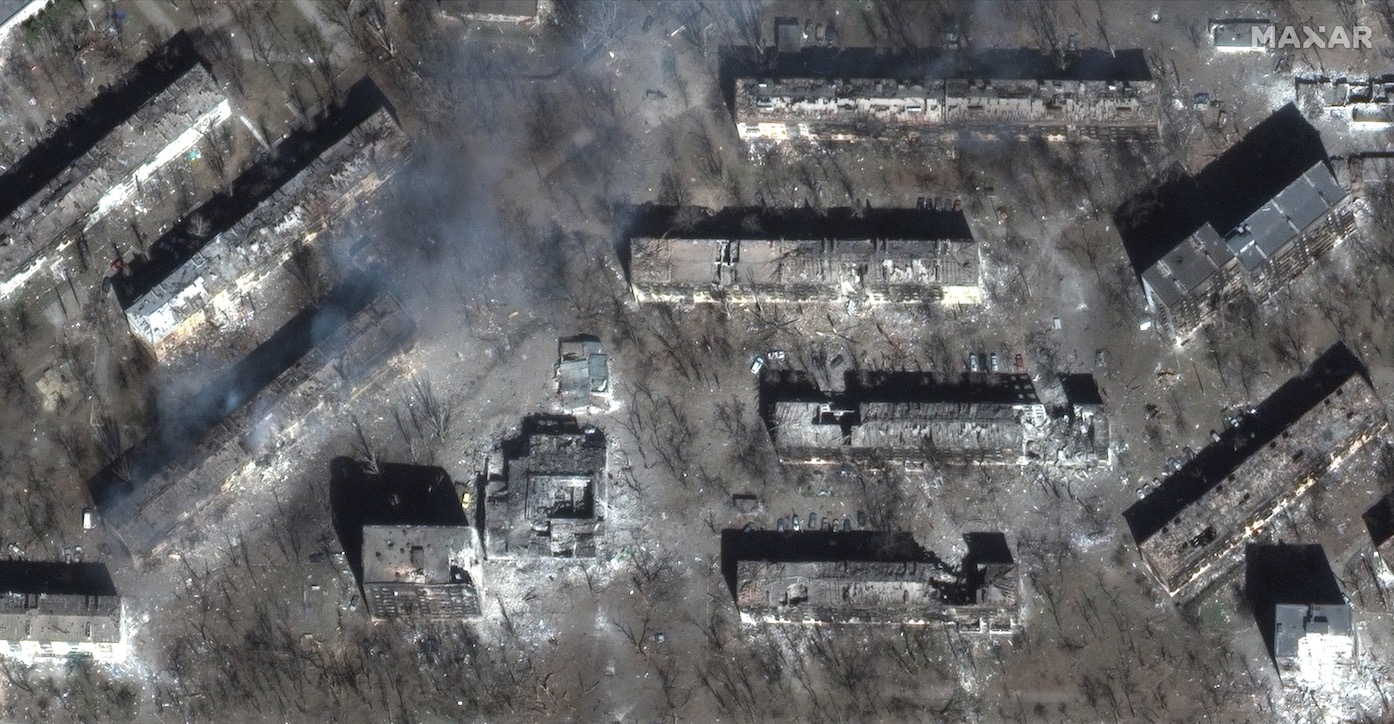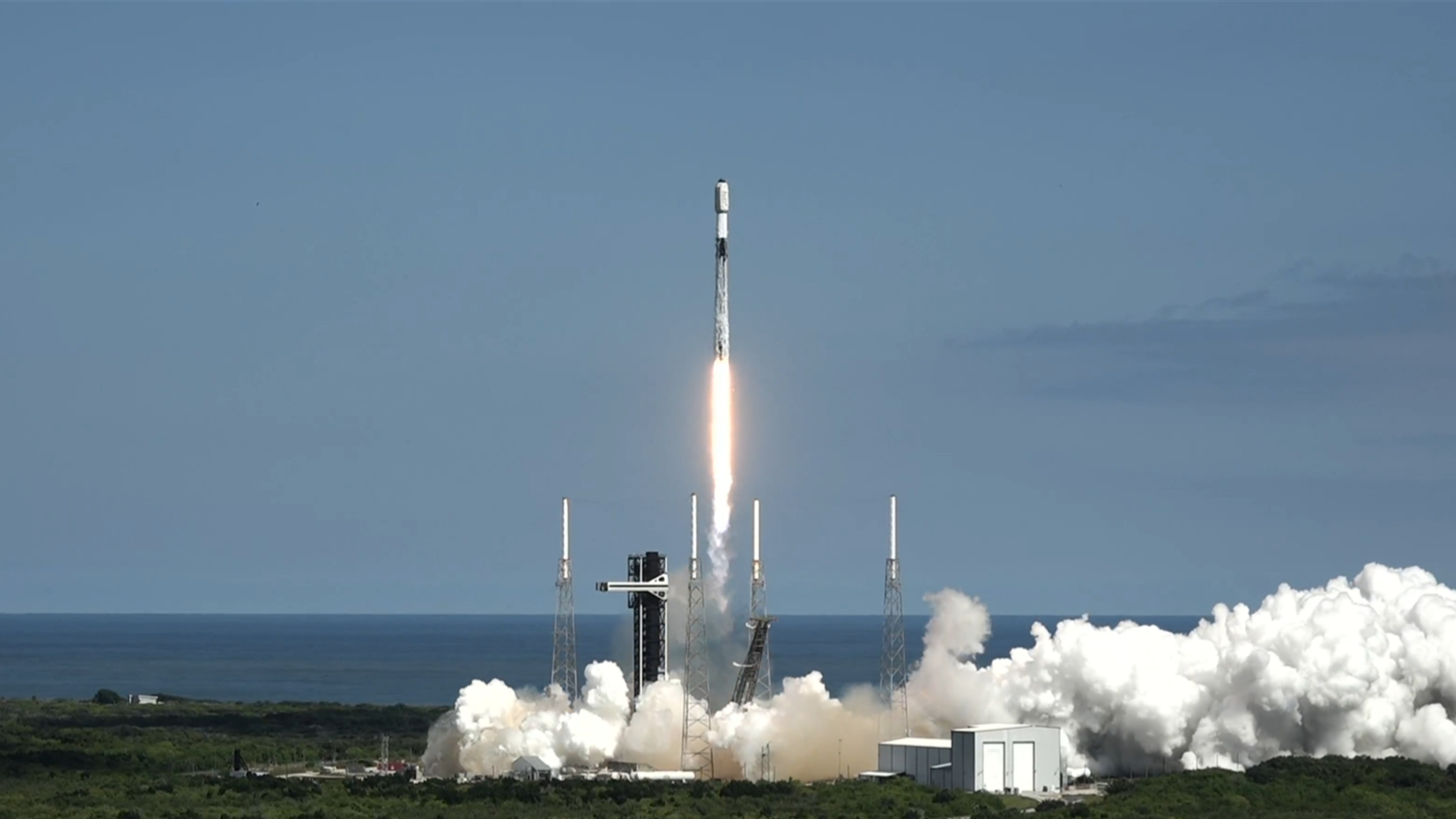Food lines in besieged Ukrainian city Mariupol visible from space (satellite photos)

Satellites continue to provide glimpses of the toll that Russia's ongoing invasion is taking on the people of Ukraine.
On Tuesday (March 29), for example, Maxar Technologies' WorldView-3 satellite captured a photo showing hundreds of people queued up outside a grocery store in Mariupol, a port city in southern Ukraine.
They were waiting to receive food and other supplies, a public relations company that represents Virginia-based Maxar said in an emailed description of that and other new satellite images.
Related: Russia's invasion of Ukraine as seen in satellite photos
Live updates: Russia's Ukraine invasion and space impacts

Food, water and other basic necessities are hard to come by in Mariupol these days. The city has been under siege for more than a month — pretty much since the Russian invasion of Ukraine began on Feb. 24. Russia views the capture of the city as a strategic priority and has been pounding it with missiles and artillery, destroying apartment blocks, grocery stores, theaters and many other non-military buildings.
Satellites operated by Maxar, Planet, BlackSky and other companies have documented this damage and destruction repeatedly over the past month, and the new batch of Maxar imagery fleshes it out further still.
For instance, two WorldView-3 photos snapped on Tuesday show a number of apartment buildings and houses reduced to rubble.
Breaking space news, the latest updates on rocket launches, skywatching events and more!
The invasion of Ukraine has made Russia something of a pariah; the United States and other nations have imposed harsh economic sanctions in response, and a number of high-profile companies have ceased their Russian operations, at least for now.

The longstanding space partnership between Russia and the West has been affected as well. For example, Russia has stopped selling its rocket engines to American companies and halted the use of Russian-made Soyuz rockets at Europe's Spaceport in French Guiana.
But some areas of cooperation remain. Russia is still an active partner in the International Space Station program, for example, as shown by the recent return to Earth of NASA astronaut Mark Vande Hei and cosmonauts Pyotr Dubrov and Anton Shkaplerov. The trio landed on the steppes of Kazakhstan Wednesday (March 30) inside a Russian Soyuz capsule, wrapping up a mission to the orbiting lab.
Mike Wall is the author of "Out There" (Grand Central Publishing, 2018; illustrated by Karl Tate), a book about the search for alien life. Follow him on Twitter @michaeldwall. Follow us on Twitter @Spacedotcom or on Facebook.
Join our Space Forums to keep talking space on the latest missions, night sky and more! And if you have a news tip, correction or comment, let us know at: community@space.com.

Michael Wall is a Senior Space Writer with Space.com and joined the team in 2010. He primarily covers exoplanets, spaceflight and military space, but has been known to dabble in the space art beat. His book about the search for alien life, "Out There," was published on Nov. 13, 2018. Before becoming a science writer, Michael worked as a herpetologist and wildlife biologist. He has a Ph.D. in evolutionary biology from the University of Sydney, Australia, a bachelor's degree from the University of Arizona, and a graduate certificate in science writing from the University of California, Santa Cruz. To find out what his latest project is, you can follow Michael on Twitter.
